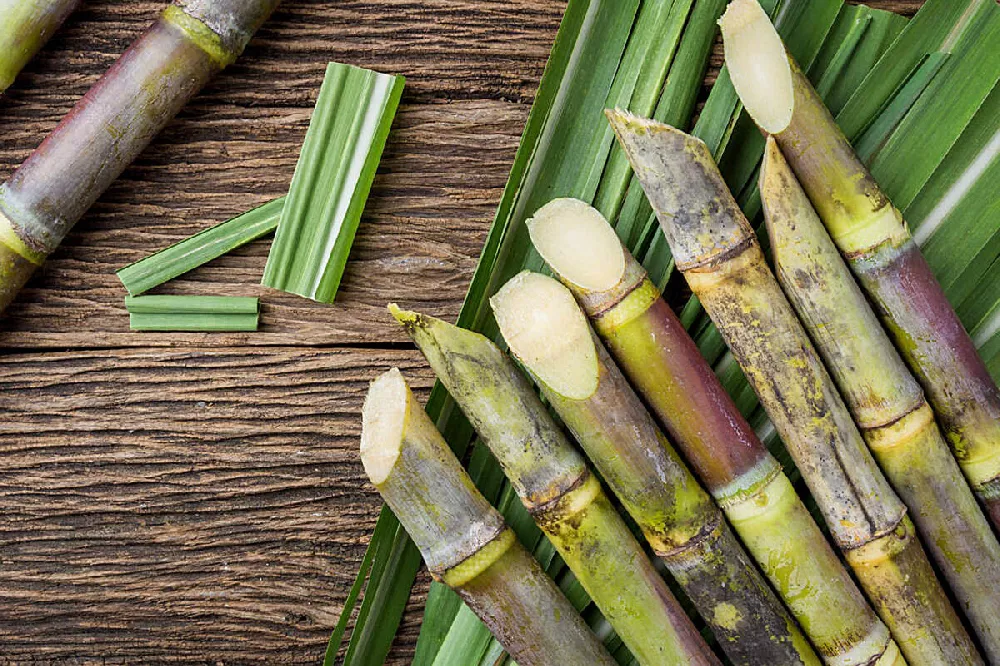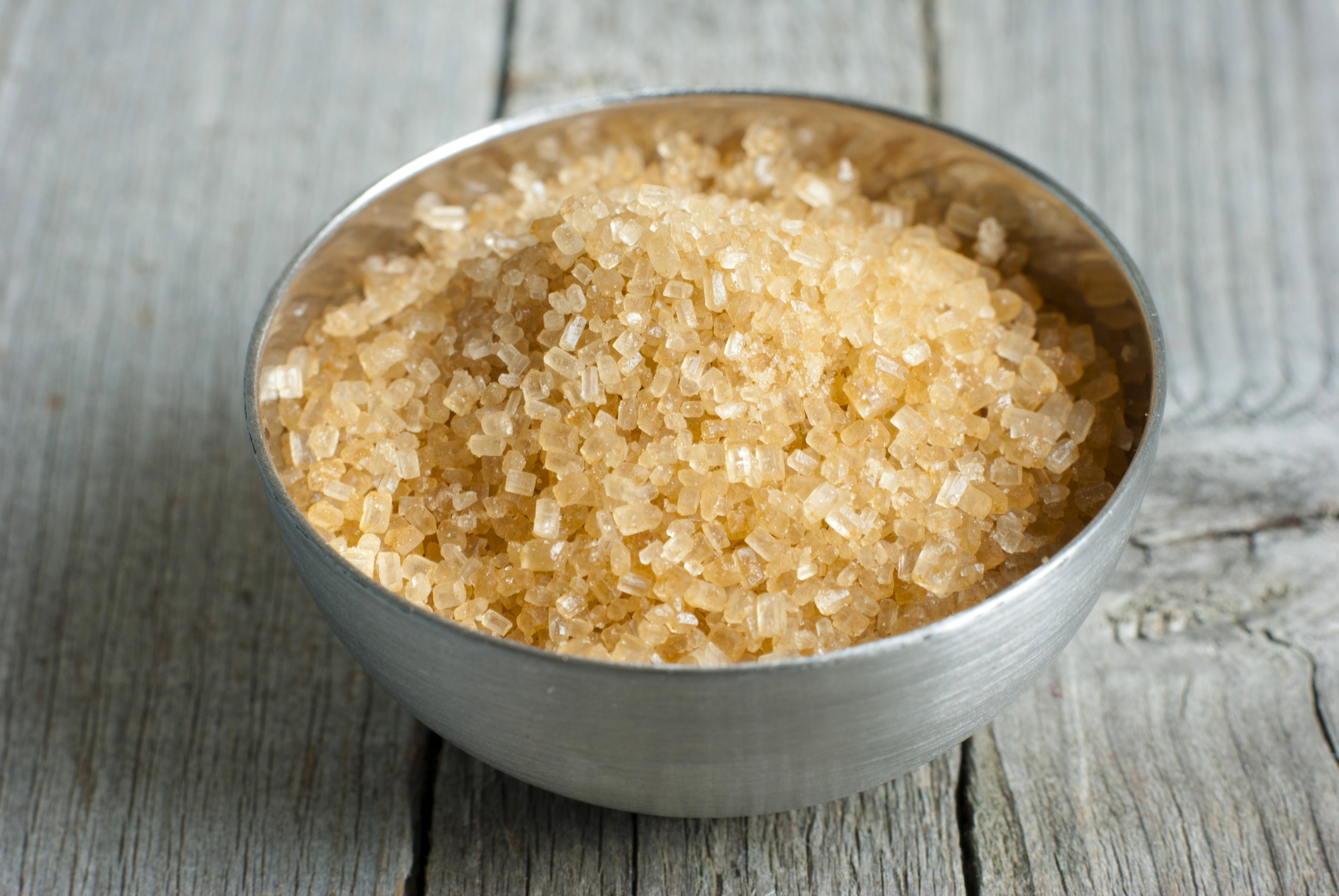Exploring the Comprehensive Tips Involved in Cane Sugar Handling From Gathering to Refinement
The process of walking cane sugar manufacturing includes a collection of complex steps, starting with the careful harvesting of sugarcane and finishing in the refinement stages that make certain the end product satisfies industry requirements. Each phase, from the extraction of juice to the purification and crystallization procedures, plays an important duty in identifying the quality and character of the sugar. Understanding these stages not only highlights the intricacy of sugar production yet also increases vital questions about effectiveness, sustainability, and innovation in the sector. What ramifications do these aspects have for future practices?
Gathering Sugarcane
Harvesting sugarcane is an essential step in the walking stick sugar processing chain, as it straight affects the quality and return of the end product. Appropriate timing and techniques are essential throughout this stage to make sure optimum sugar material and reduce losses. Normally, sugarcane is collected when it gets to maturation, normally 12 to 18 months after planting, identified by a high sucrose concentration.

Post-harvest, the sugarcane needs to be refined quickly to avoid sucrose deterioration. Ideally, harvested walking stick should be carried to refining centers within 24 hr to maintain sugar high quality. For that reason, efficient logistical planning is critical to preserve the honesty of the collected plant throughout the supply chain.
Extraction Refine

The smashed walking cane is subjected to a collection of pressing operations to make best use of juice recovery. Normally, hot water is splashed onto the smashed walking stick, developing a countercurrent flow that helps liquify the sugar while additionally assisting in the extraction procedure. The juice gathered from this operation includes not only sugar however also various natural compounds and contaminations.

To enhance extraction effectiveness, some centers might utilize diffusion techniques, where the sugarcane is soaked in hot water, enabling the soluble sugars to diffuse into the fluid. The resulting juice, abundant in sucrose, is then guided to subsequent processing phases, laying the structure for filtration and improvement. The removal procedure is thus essential in establishing the high quality and yield of the final sugar product.
Purification Techniques
The filtration strategies employed in walking cane sugar handling are essential for transforming the raw juice into a high-quality sugar product. These approaches mainly intend to remove contaminations, such as dirt, plant materials, and not natural compounds, which can detrimentally affect the final item's flavor and color.
Among the most usual filtration methods is explanation. This process includes adding lime and warm to the raw juice, which assists in the coagulation of contaminations. The resulting precipitate is then removed with sedimentation or filtration, producing a clearer juice. Additionally, making use of phosphoric acid can improve the clarification process by more binding impurities.
An additional significant technique is carbonatation, where co2 is presented to the made clear juice. This reaction generates calcium carbonate, which captures staying pollutants and promotes their elimination.
Additionally, activated carbon therapy may be related important source to adsorb any type of continuing to be colorants and organic contaminations, ensuring a more polished product. The combination of these methods properly prepares the sugar juice for subsequent actions in the refining process, setting the phase for the manufacturing of top quality walking cane sugar.
Formation Approaches
After the purification stage, the next important action in cane sugar handling includes formation techniques, which play an essential function in transforming the made clear juice right into strong sugar. This procedure normally employs two primary approaches: spontaneous crystallization and regulated formation.
In spontaneous formation, supersaturated sugar options are allowed to cool down naturally, leading to the formation of sugar crystals over time. This method enables for the consistent growth of sugar crystals and higher pureness.
Throughout crystallization, the clarified juice is concentrated through evaporation, raising its sugar content until it reaches supersaturation. As soon as this factor is attained, either approach can promote the crystallization procedure. Cane Sugar Processing. The resultant sugar crystals are then divided from the remaining syrup via centrifugation
Inevitably, the option of formation technique affects the quality, size, and purity of the final sugar item, making this step essential in the total walking stick sugar processing procedure.
Refinement and Packaging
Exactly how can the pureness and top quality of walking go to this site stick sugar be additionally improved after crystallization? The improvement procedure plays an important duty in achieving premium walking cane sugar.
Following, the sugar undergoes a procedure called centrifugation, where it is spun at high speeds to separate the detoxified sugar crystals from the remaining fluid. After centrifugation, the sugar is commonly further refined with a method called carbonization or phosphatation, which utilizes turned on carbon or phosphoric acid to remove color and off-flavors.
When fine-tuned, the sugar is dried to accomplish the desired dampness web content, making sure that it remains secure throughout storage and transportation. The last step includes product packaging the polished sugar in closed and moisture-proof containers to maintain its quality and stop contamination. Cane Sugar Processing. Correct product packaging not just extends service life yet additionally assists in easy handling and circulation, ensuring that consumers obtain sugar that meets the highest possible criteria of pureness and quality
Conclusion
The comprehensive actions associated with cane sugar handling, from the thorough harvesting of sugarcane to the elaborate improvement and packaging stages, emphasize the importance of each stage in making sure high-grade sugar production. Ideal harvesting methods, effective removal methods, and strenuous purification procedures jointly add to the final product's pureness and security. The condensation and subsequent product packaging practices additionally improve the integrity and service life of the sugar, highlighting the complexity and precision fundamental in this crucial agricultural market.
The process of walking stick sugar production encompasses a collection of detailed steps, beginning with the mindful harvesting of sugarcane and finishing in the improvement stages that guarantee the final item satisfies sector standards. Ideally, collected walking stick needs to be moved to processing facilities within 24 hours to maintain sugar high quality.In spontaneous crystallization, supersaturated sugar remedies are allowed to cool naturally, click for source leading to the formation of sugar crystals over time - Cane Sugar Processing. The refinement process plays a crucial role in accomplishing premium walking stick sugar.The comprehensive steps included in cane sugar processing, from the careful harvesting of sugarcane to the detailed refinement and product packaging phases, highlight the importance of each stage in making sure premium sugar production